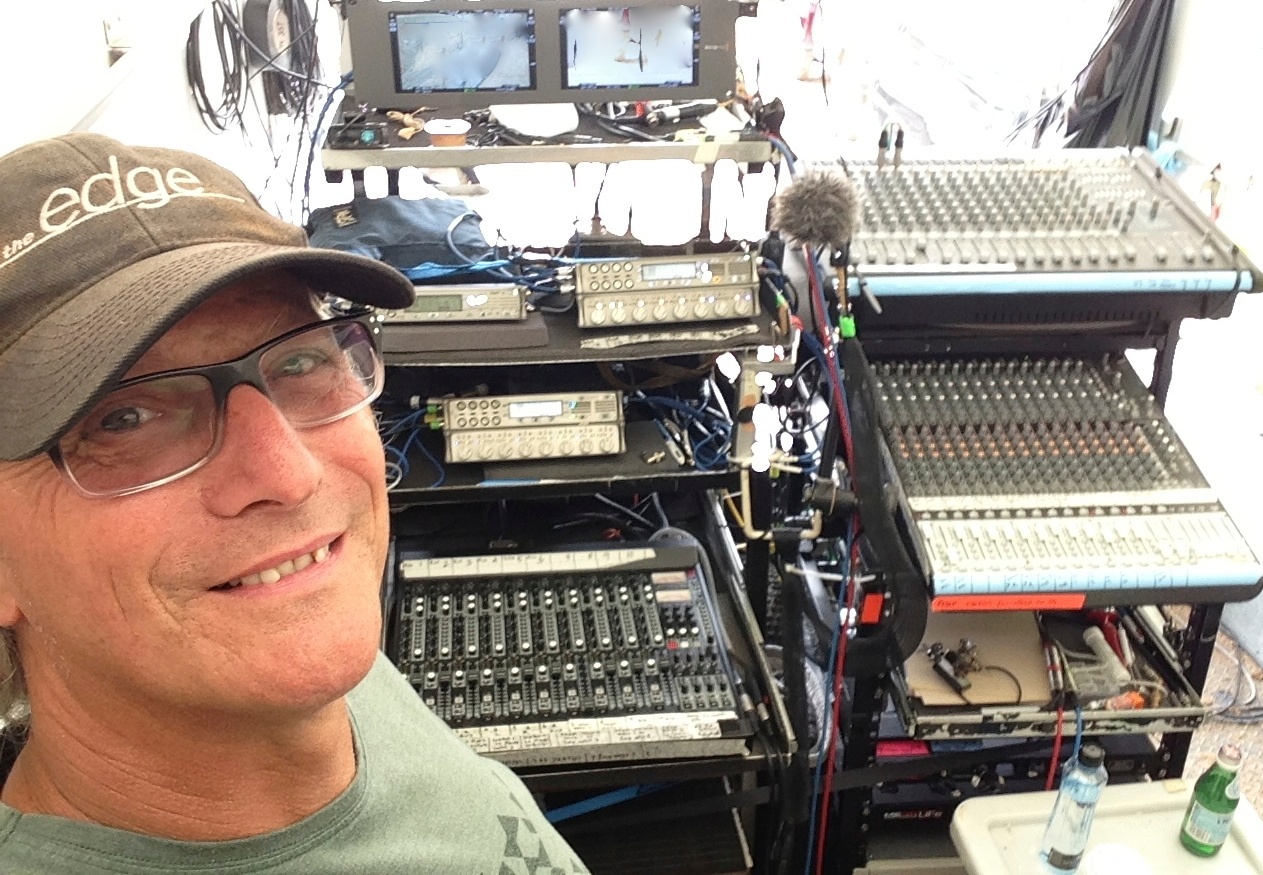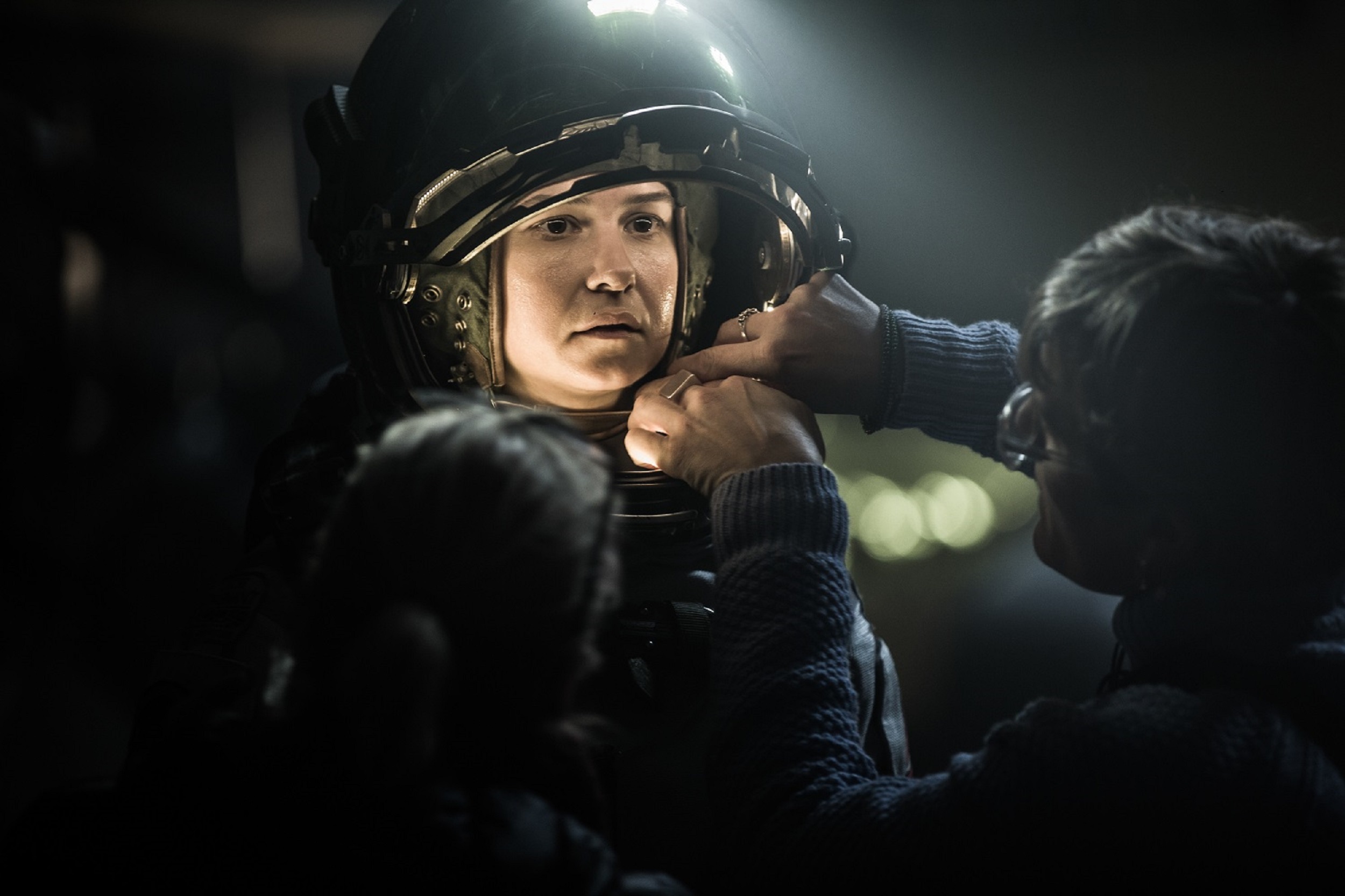Ben Osmo is an award-winning Production Sound Mixer and trusts in DPA to deliver premium sound and flexibility, during productions he works on. He used the d:screet Miniature Microphone during filming of Mad Max: Fury Road and then for Ridley Scott’s 2017 Sci Fi blockbuster Alien: Covenant.

“This film made unusual demands on the sound, costume and props departments because the cast not only had to wear radio mic transmitters but also an in-ear/comms set up, which was part of the storyline,” Osmo explains. “We were predominantly using DPA microphones for location sound recording, so we chose d:screet 4060 and 4061 lavalier microphones, which we hid in clothing and in space suits. We also used d:fine Headset Microphones on cast members as props – for example as talk back mics in space helmets.”
Alien: Covenant stars Michael Fassbender, Katherine Waterston, Billy Crudup, Danny McBride and Demián Bichir and is the sixth instalment in the Alien film series. It's partially filmed in an abandoned water reservoir near Yagoona in Sydney and Milford Sound in Fiordland National Park in New Zealand. Amber Technology supplied bodyworn microphones for production of the film.
In some cases, up to three microphones were required to capture the sound as actors had to remove their helmets, in order to fit in with the story line.
“We would put one d:screet 4061 in the front of the space helmet with the cable inside the helmet’s foam supports and a small transmitter positioned in a cavity in the helmet,” Osmo says: “A second 4061 was placed below the locking ring in the space suit, with the transmitter inside the suit, then a d:fine 66 Omnidirectional Headset Microphone was dressed under a cap and in shot as a practical talk back prop.
“This set up allowed the cast to start the scene with their helmets off and then put them on while the camera was rolling without having to stop the dialogue. Having the three body mic alternatives gave post production the option of using whichever microphone was most suitable. They also had the sound from the boom mics. Once the cast had their space helmets permanently on, we found that the d:fine 66 Headset Microphones were the best option.
Working alongside Osmo on Alien: Covenant were Key Boom Operator Shanti Burn, Boom Operators Tod Moore and Mark van Kool (also in charge of radio mics) and Ben Yeadon, who oversaw Cable/Utility.
“Shanti did a great job in pre-production, liaising with the costume department and getting them to sew special pouches into the costumes for both the Lectrosonics SMV and SMQV radio mic transmitters and the IFB1Ra receivers,” Osmo says. “Tod set the transmitters, receivers, mics and in-ear pieces off set with the costume department as the cast were being dressed. Later, when Mark joined the sound crew, he replicated the setting up of the radio mics but also added his personal stamp on rigging the DPA mics in the costumes.”
“Milford Sound was a breath-taking location and the acoustics for loud gunshots and explosions were amazing because the sound bounced off the mountains,” Osmo explains. “However, the elements were often against us and we had many days when it was cold and rainy. Ridley loved the look, so we kept filming and got around the problems caused by the weather by waterproofing as much of the equipment as we could. The d:screet 4060 and 4061 microphones worked well in these damp, windy conditions and produced warm and even sound for most of the cast. When using the high EQ cap, they have a nice sparkle in the top end that lets the dialogue come through clothing evenly. There were a few occasions where we had to swap out mics when they got too damp, but after drying them out, they worked fine again.”
Due to the nature of the technology, some mics needed to be readjusted between takes, a requirement film crews and actors were happy to oblige in cooperating with the sound crew on, says Osmo.
“In those situations we worked with the camera department and placed a d:screet 4060 with a small transmitter on the Steadicam operator, or on the camera itself,” Osmo says. “This gave us prime position when the camera tracked backwards with the cast.”
One unique aspect during shooting of the film was that Osmo had to create noises for the aliens, as the crew used sound cues for camera movements, props and SFX.
“I used some takes of our previous recordings of yells and blood curdling screams and recorded some guide yells from the actor who played the Alien,” he explains. “I also used the d:screet 4060 mic that I used for my own comms/slate mic to record my own weird voice making some unusual sounds.
“I imported a few takes into Pro Tools and edited a few versions when I had a minute. Some were slowed and pitched down and mixed into two versions (young Neomorph and Alien). These were then played back on set as a guide for the cast to react to, via speakers or into their comms.”
Due to the superior sound quality of the DPA microphones and the fact that they could pick up clean dialogue in trying conditions, very little ADR was needed. “As in all films, it's the collaboration of all departments that allows the sound department to achieve a good result,” Osmo says. “That was certainly the case with Alien: Covenant.”
Since completing the movie, Osmo, who is based in Australia, has worked on a live action and CGI feature, which is now in post-production, and two 90-minute tele features.
To locate a DPA dealer click here.
To speak to someone from our friendly DPA team, click here.



